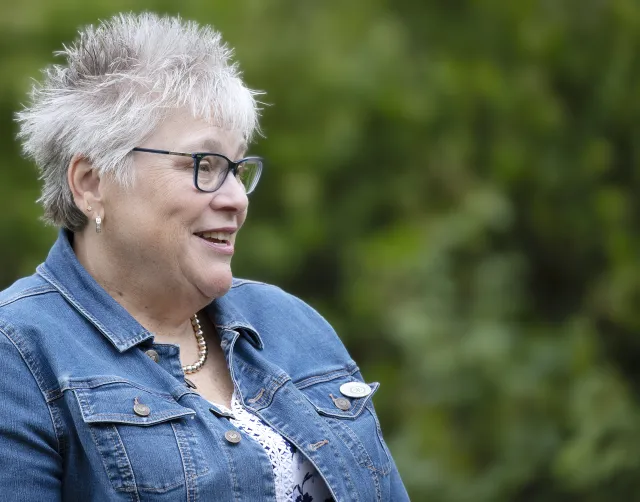
Director of county Cooperative Extension elevated programs in 29-year UC ANR career
In 1991, during Lynn Schmitt-McQuitty’s very first week as a “4-H agent” in Kenosha County, Wisconsin, she got a memorable hint of the deep passion that participants have for the youth development program.
Before her first 4-H Council meeting, she went to the council president’s house for dinner – where she was introduced to his four children, all with first names that start with H, and the entire family recited the 4-H pledge as grace.
“4-H is not just something that people casually invest their time in; they are committed to it,” said Schmitt-McQuitty, the former statewide California 4-H Youth Development Program director, who currently serves as director of county Cooperative Extension for University of California Agriculture and Natural Resources. “It’s not just an activity – it’s something that’s embedded in their lives; it’s part of who they are. And that was something I wanted to be a part of.”
Although she did not participate during her youth, she has been far more than “a part” of 4-H for her entire professional life. Retiring on July 1, Schmitt-McQuitty has been a prominent leader in shaping 4-H, here in California and across the U.S.
“Lynn has been a program representative for the state office; she’s been a 4-H advisor; she’s been statewide director – she’s touched nearly every aspect of 4-H in California,” said Steven Worker, 4-H youth development advisor for the San Francisco North Bay region.
For her many contributions to the program, Schmitt-McQuitty received the prestigious Meritorious Service Award from the National Association of Extension 4-H Agents in 2024.
“It’s been a great journey,” Schmitt-McQuitty said.
STEM team shaped 4-H science education across U.S.
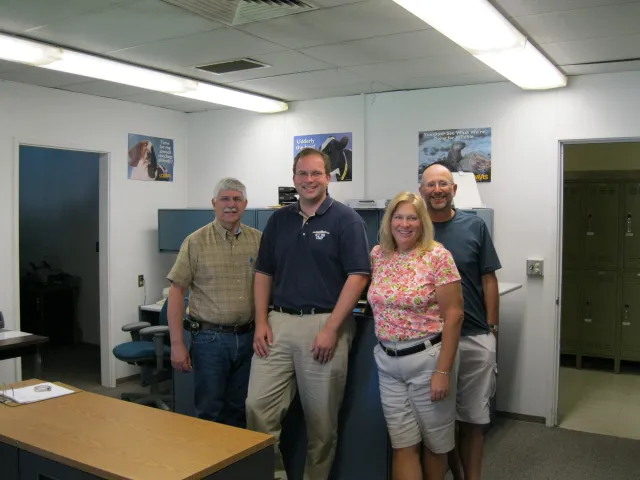
Schmitt-McQuitty earned a master’s degree in outdoor teacher education from Northern Illinois University and bachelor’s degree in elementary and environmental education from the University of Wisconsin at Stevens Point.
Her journey at UC ANR began nearly 30 years ago, when she and her husband moved to California from the Midwest, and she took a community education specialist-type position in Butte County in 1996.
She went on to oversee leadership programs at the statewide 4-H office in Davis – where she first met Worker, then a high school student and Diamond Star (the highest leadership positions in the state for young people, known today as 4-H State Ambassador).
When Worker was in college, Schmitt-McQuitty hired him as a student assistant to help organize the 4-H leadership conference. And after she became the 4-H youth development advisor for Santa Cruz and Monterey counties in 2001, Worker eventually came to fill her spot in the statewide office.
“I like to joke that I’m sort of following Lynn,” Worker said. “She’s certainly been a mentor figure for me.”
Together, they would become thought leaders and pioneers in advancing STEM (Science, Technology, Engineering and Mathematics) learning. In 2008, the national 4-H program launched a major initiative to boost science literacy and better prepare young people for post-high school education and careers.
While serving as liaison to the national program in this effort, Schmitt-McQuitty organized a statewide team that, over the course of a decade, helped revolutionize STEM education in California 4-H and beyond.
“One of the greatest things I have enjoyed about working in 4-H and UC ANR was the freedom to test things out, be innovative and try new things – and fail and have that be a good learning experience, and then continue to redefine and redevelop over time,” she recalled.
Schmitt-McQuitty and the 4-H team pioneered a host of innovative partnerships and programs and boosted professional development for 4-H educators – particularly volunteer educators.
“We tried to advance more effective professional development models, beyond the one-off episodic workshop to much more ongoing, sustained professional development like communities of practice and lesson study,” Worker explained.
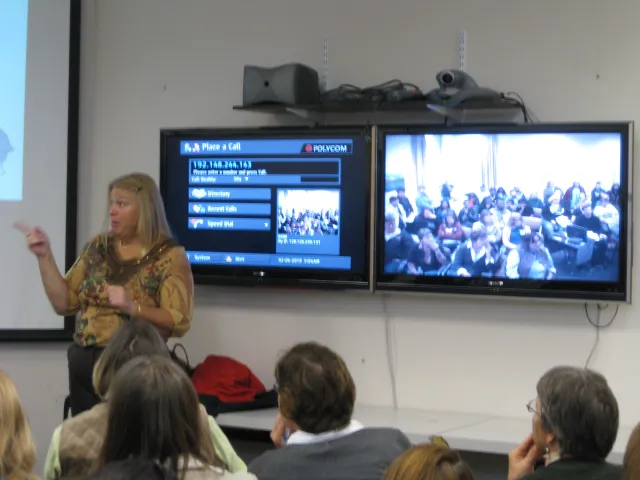
Dave Francis, 4-H program leader with Utah State University Extension who has known Schmitt-McQuitty for nearly two decades, regards her as a “transformative leader,” especially in advancing STEM education and outdoor experiences for youth.
“As an early adopter of the 4-H Science, Engineering, and Technology Initiative, she played a pivotal role in ‘teens as teachers’ and practical, hands-on learning experiences that built a program that inspired other 4-H programs across the nation,” Francis said.
The California 4-H team extended their innovative curricula and resources by presenting at conferences and sharing with colleagues.
“Through that work, we were looked at as the gold standard of what was going on in 4-H science,” Schmitt-McQuitty said.
One example is the “junk drawer” robotics program, developed by Richard Mahacek (now an emeritus 4-H advisor) and Worker. This program – in which participants created robots from knickknacks like building blocks, pneumatic arms, syringes and aquarium tubing – started in Merced County and later became nationally published curriculum that is still used today.
“What was so great about that project is you don’t need an engineering background; you don’t need a strong science or coding or technology background,” Schmitt-McQuitty explained. “If you’re a volunteer and you want robotics in your community, you can easily pick it up and be successful with it.”
Schmitt-McQuitty centered impact, civic engagement in 4-H programs
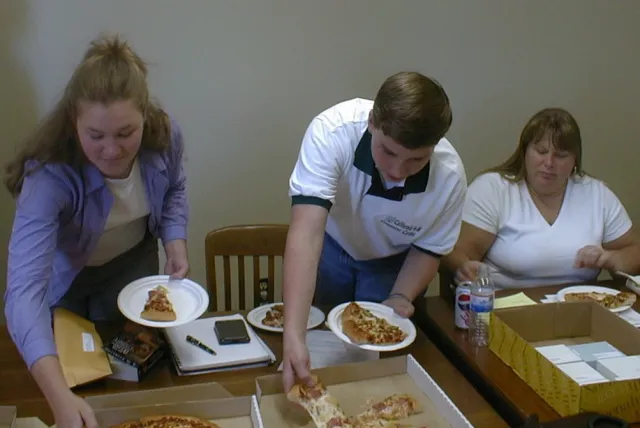
Just as she did with “scientific literacy” in the 4-H context, Schmitt-McQuitty also helped hone a more meaningful definition of “experiential learning.” She led colleagues in the youth education field to think more deeply about the buzzword’s theoretical underpinnings, as well as its practical applications and real-world impact.
“It’s not just about the experience; yes, it’s the grounding thing that you do – but then what’s the ‘so what?’ behind it? What’s so important about having this leadership experience or having this opportunity to raise animals or to do public speaking? What did you learn from that experience and why is that valuable to you and your community?” said Schmitt-McQuitty. She added that many 4-H alums have the unique ability to articulate the broader significance of their learning.
Bringing value to the community through civic engagement has been another emphasis of Schmitt-McQuitty’s career, during which she also served to guide UC ANR initiatives on “Healthy Families and Communities.”
She cited her work with Martin Smith, a former Cooperative Extension education specialist with the UC Davis School of Veterinary Medicine. They developed and implemented a curriculum in which young people learn about potential disease transmission at county fairs, conduct surveys at the fairs, and make biosecurity recommendations on how to keep attendees, animals and the community safe.
“A lot of the curriculum that we write and the programs we offer have that as a culminating experience: How do you take all of what you have learned and improve the circumstances for others – or improve the circumstances of your community – and educate outward, beyond your close-knit group of friends or colleagues that you’ve been working with?” explained Schmitt-McQuitty. “We’ve found that is very important to telling our story.”
Schmitt-McQuitty lit ‘pathway’ for youth, colleagues
Throughout Schmitt McQuitty’s 4-H story, a major theme has been her focus on opening doors for others – for young people, volunteers, educators and staff. In fact, late in her tenure as a 4-H youth development advisor, she co-authored the “Pathways to Your Future” curriculum, which guides high school students through a self-reflection process in identifying their passions and charting their plans.
“I really started to think about how we take that 4-H experience and translate that into tools for young people to use so that they can have successful college careers, technical school careers or employment experiences,” she said. “Hopefully I was able to set a stage for learning for young people so that they could see possibilities for their future.”
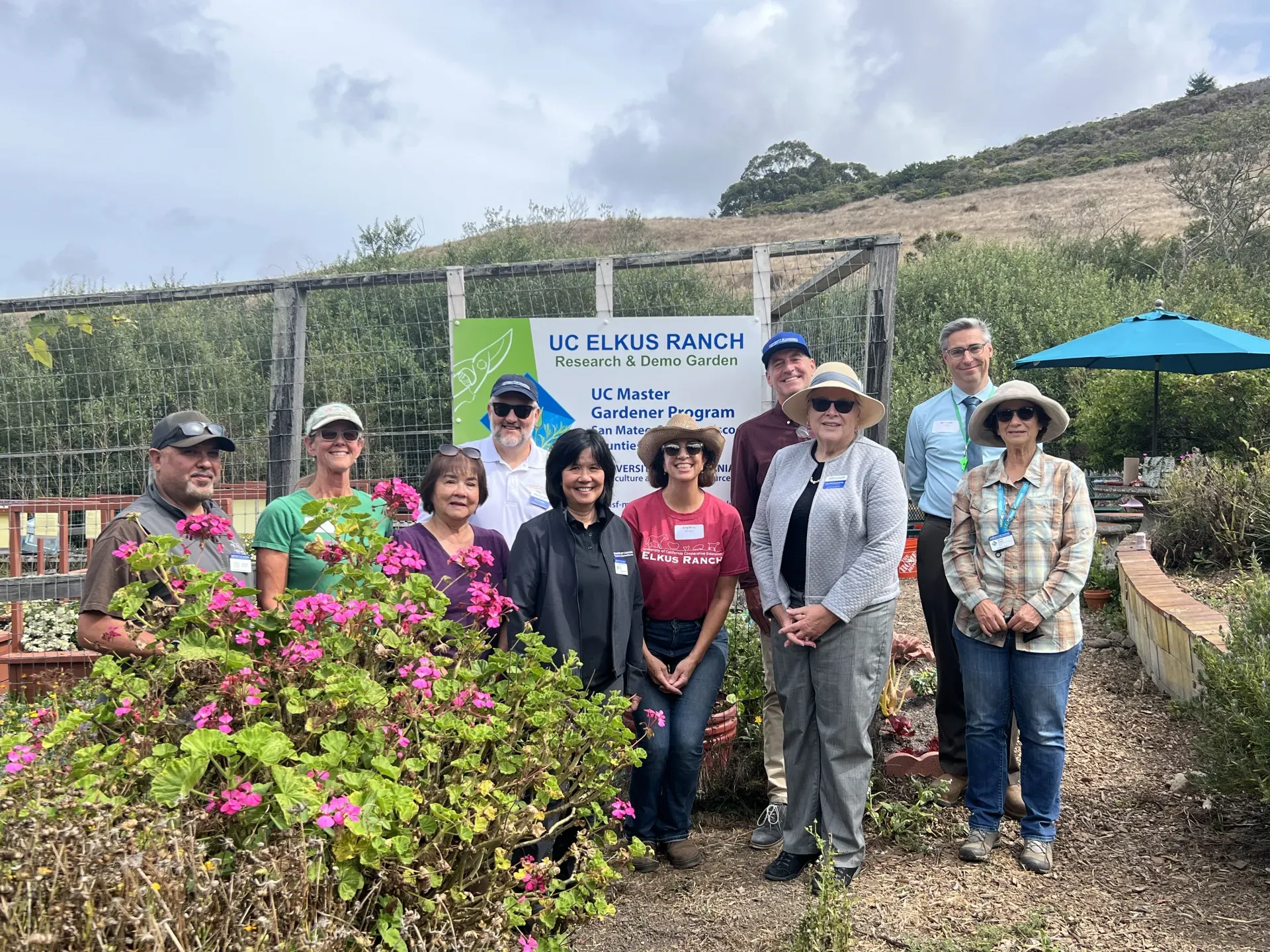
According to Worker, Schmitt-McQuitty has made a tremendous impact on California 4-H behind the scenes – sharing institutional knowledge, streamlining administrative processes, improving how the program reports and documents its outcomes, and making herself available as a mentor and guide for her colleagues.
“She has supported other academics and staff in reaching their full potential, which they otherwise might not have reached,” Worker said. “Others just haven’t pushed me, or afforded me opportunities, in the same way that Lynn did.”
And, as evinced by her achievements and impact on 4-H at all levels, there are few leaders who have shown such a balance of broad vision and thoughtful pragmatism as Schmitt-McQuitty has.
“In her tenure as a 4-H program leader, Lynn was known for her willingness to ask questions, listen deeply and seek to understand before making decisions,” said Utah State’s Francis. “Her practical, workable solutions, grounded in experience and empathy, reflected a steady commitment to inclusivity, innovation and the enduring 4-H motto: ‘To Make the Best Better.’”

